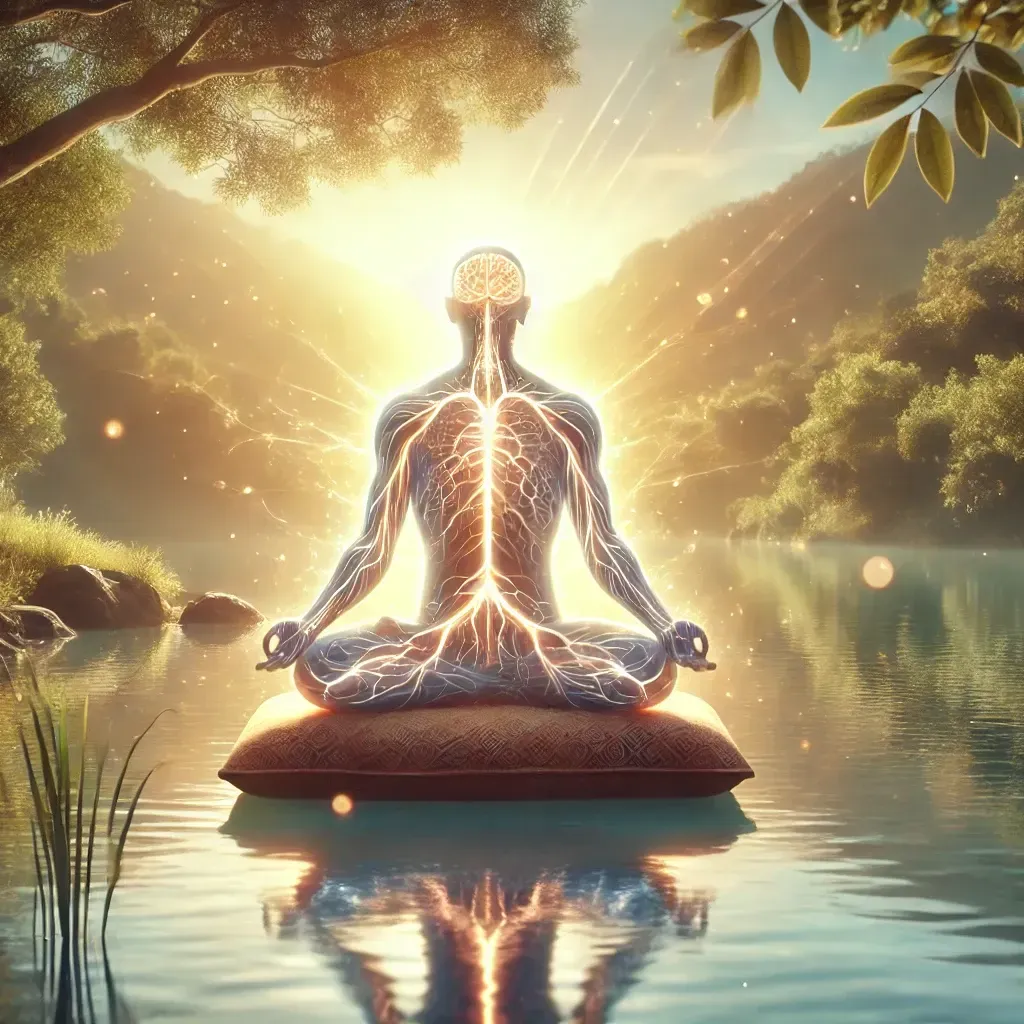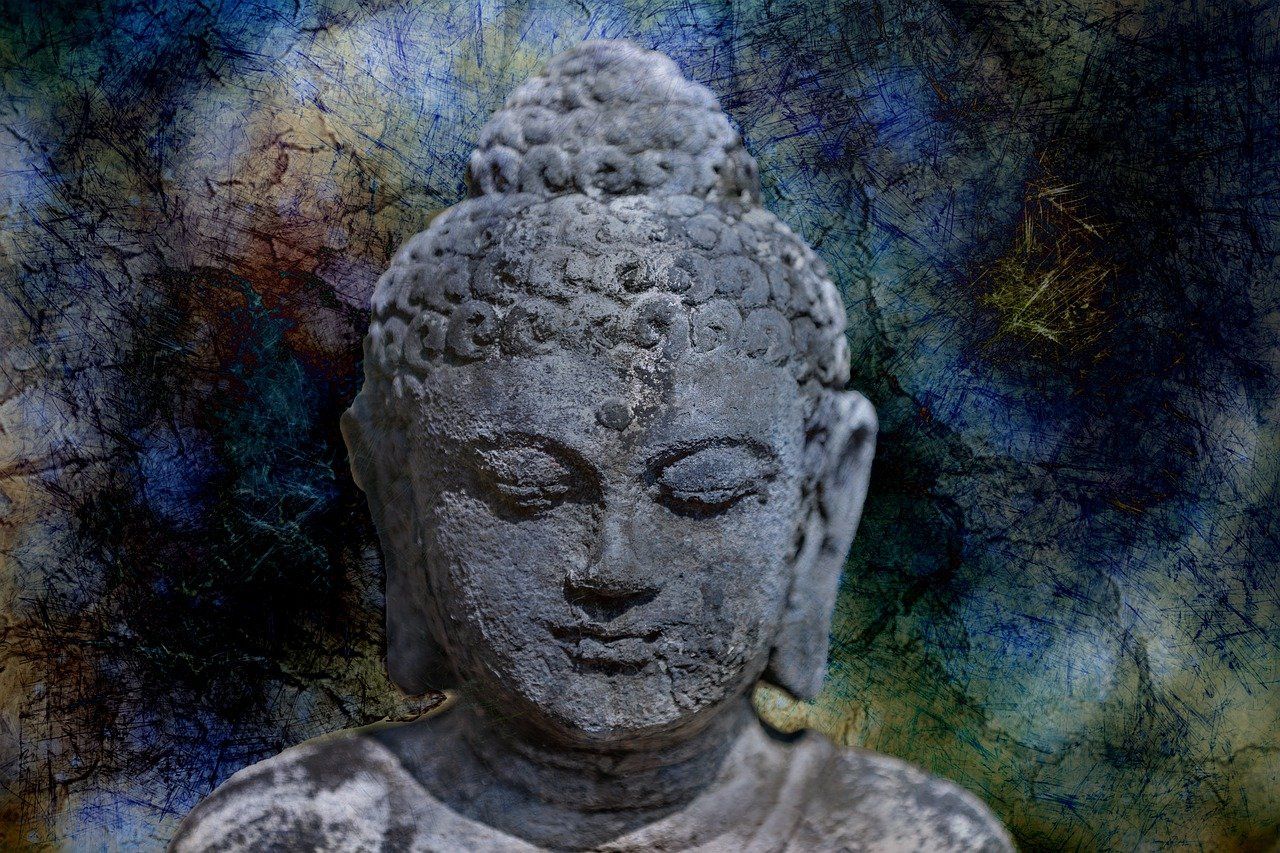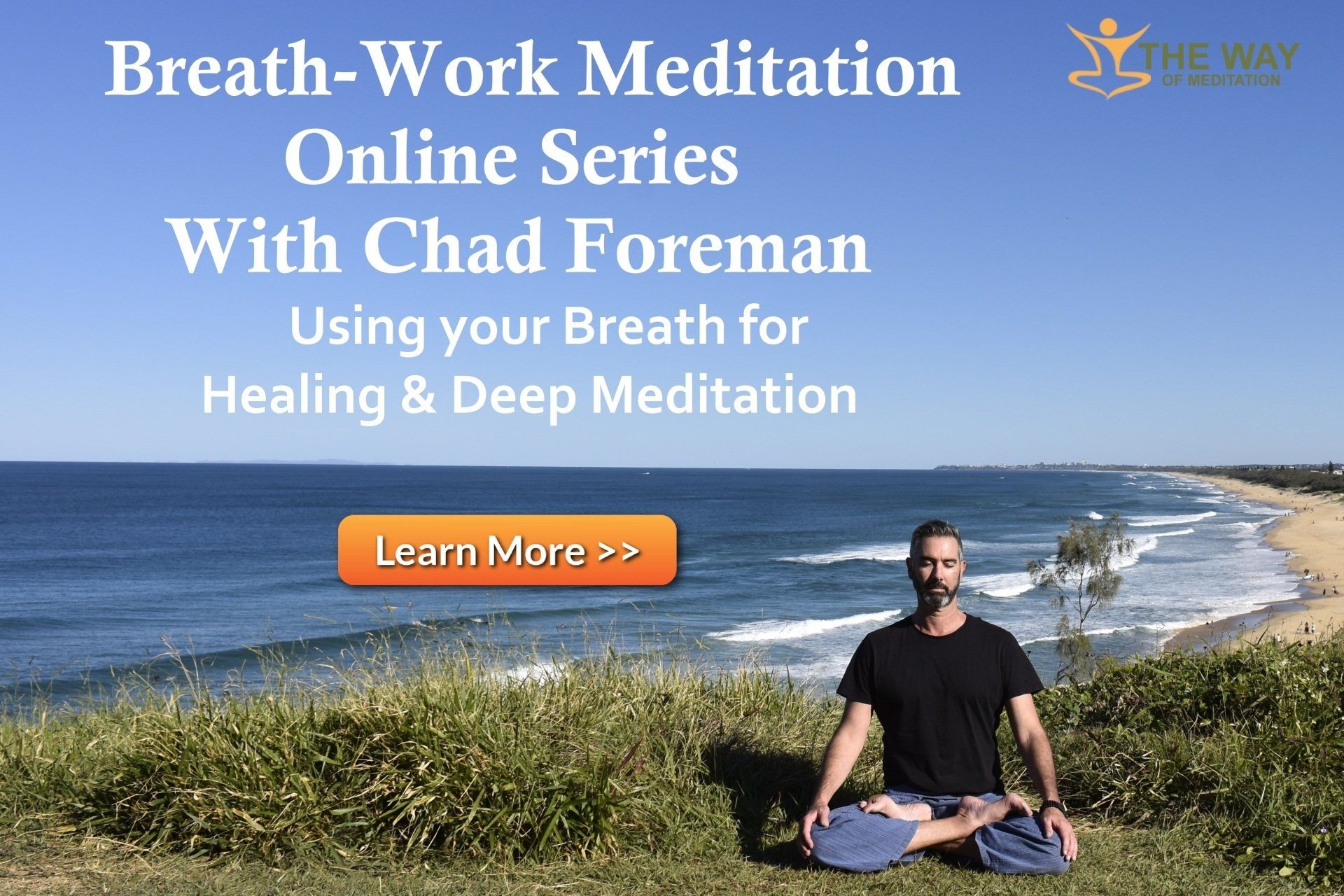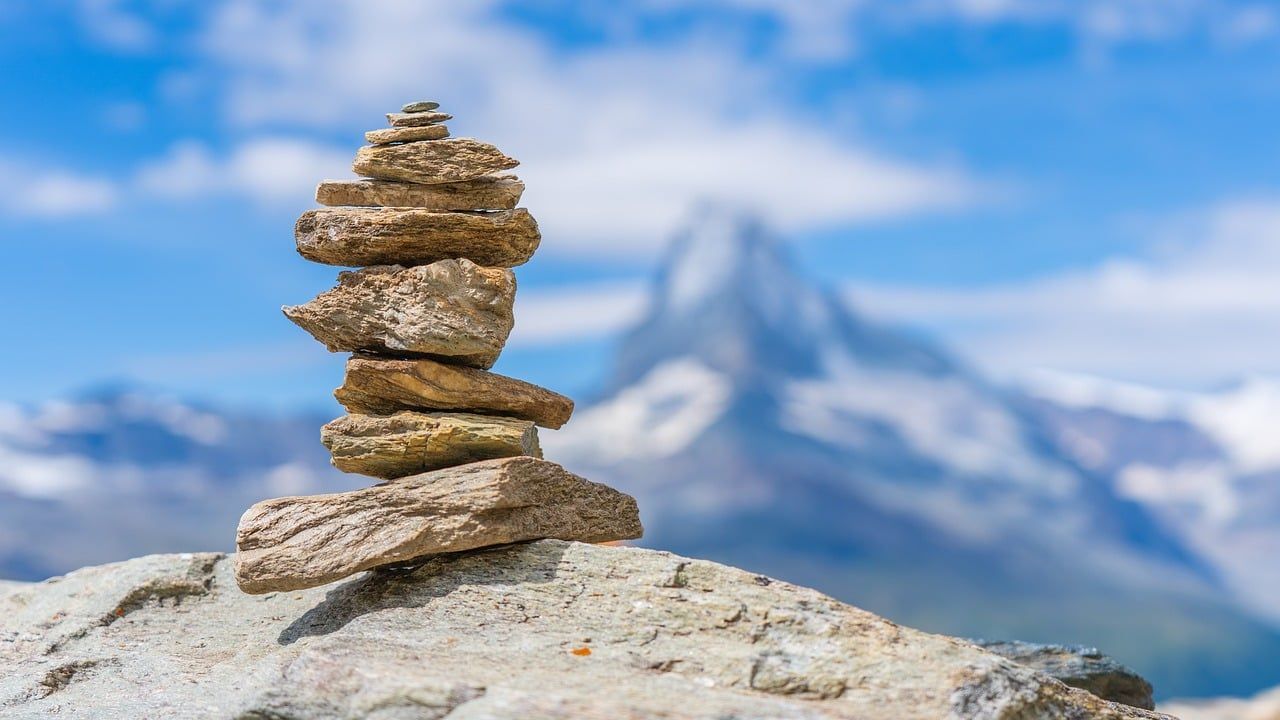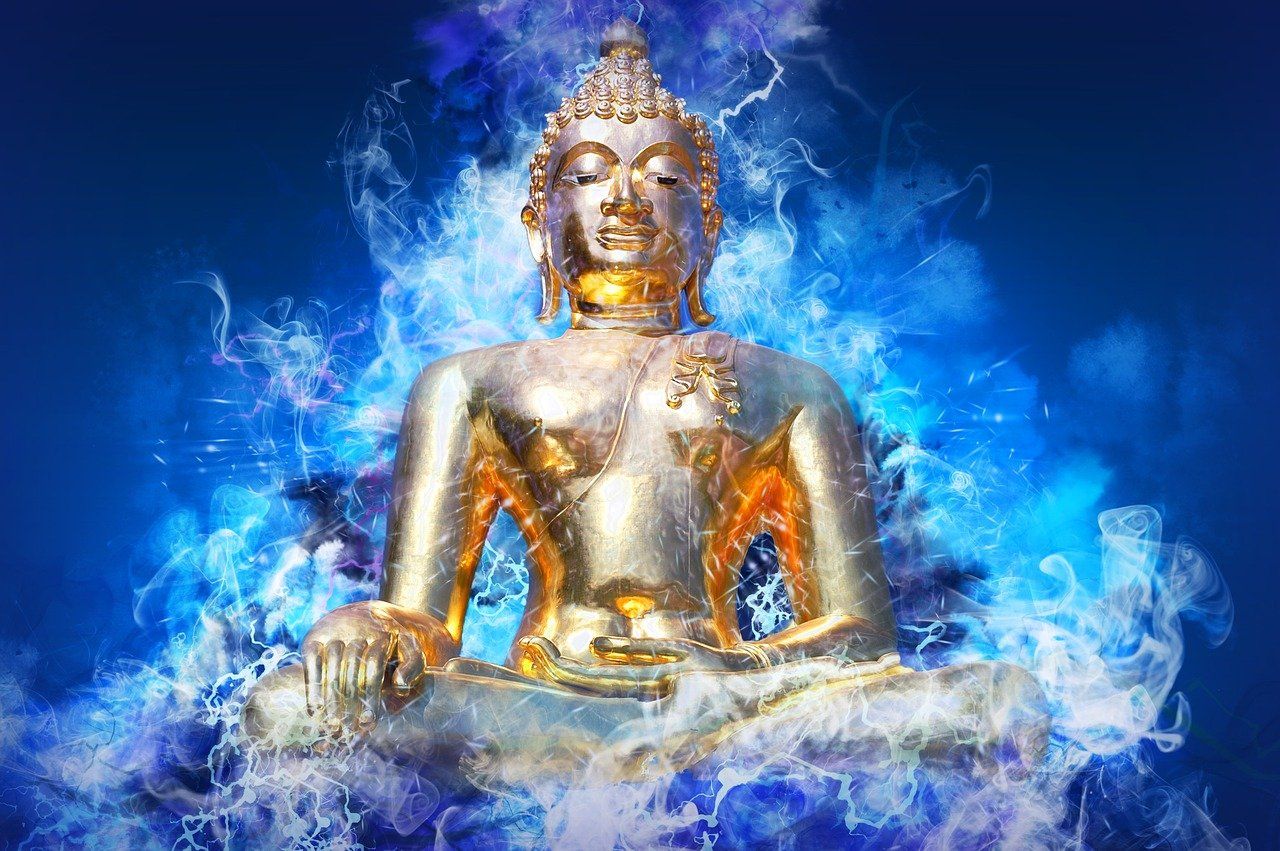Zen Master Shows 5 Ways To Master Mindfulness
Mindfulness
Our true home is not in the past. Our true home is not in the future. Our true home is in the here and the now. Life is available only in the here and the now, and it is our true home. Mindfulness brings us home.
Mindfulness is the energy that helps us recognize the conditions of happiness that are already present in our lives. You don’t have to wait ten years to experience this happiness. It is present in every moment of your daily life.
There are those of us who are alive but don’t know it. But when you breathe in, and you are aware of your in-breath, you touch the miracle of being alive. That is why mindfulness is a source of happiness and joy.
1st Way Mindful Breathing
The first exercise is very simple, but the power, the result, can be very great. The exercise is simply to identify the in-breath as in-breath and the out-breath as out-breath. When you breathe in, you know that this is your in-breath. When you breathe out, you are mindful that this is your out-breath.
Just recognize: this is an in-breath, this is an out-breath. Very simple, very easy. In order to recognize your in-breath as in-breath, you have to bring your mind home to yourself. What is recognizing your in-breath is your mind, and the object of your mind—the object of your mindfulness—is the in-breath. Mindfulness is always mindful of something. When you drink your tea mindfully, it’s called mindfulness of drinking. When you walk mindfully, it’s called mindfulness of walking. And when you breathe mindfully, that is mindfulness of breathing.
So the object of your mindfulness is your breath, and you just focus your attention on it. Breathing in, this is my in-breath. Breathing out, this is my out-breath. When you do that, the mental discourse will stop. You don’t think anymore. You don’t have to make an effort to stop your thinking; you bring your attention to your in-breath and the mental discourse just stops. That is the miracle of the practice. You don’t think of the past anymore. You don’t think of the future. You don’t think of your projects, because you are focusing your attention, your mindfulness, on your breath.
It gets even better. You can enjoy your in-breath. The practice can be pleasant, joyful. Someone who is dead cannot take any more in-breaths. But you are alive. You are breathing in, and while breathing in, you know that you are alive. The in-breath can be a celebration of the fact that you are alive, so it can be very joyful. When you are joyful and happy, you don’t feel that you have to make any effort at all. I am alive; I am breathing in. To be still alive is a miracle. The greatest of all miracles is to be alive, and when you breathe in, you touch that miracle. Therefore, your breathing can be a celebration of life.
An in-breath may take three, four, five seconds, it depends. That’s time to be alive, time to enjoy your breath. You don’t have to interfere with your breathing. If your in-breath is short, allow it to be short. If your out-breath is long, let it be long. Don’t try to force it. The practice is simple recognition of the in-breath and the out-breath. That is good enough. It will have a powerful effect.
2nd Way Concentration
The second exercise is that while you breathe in, you follow your in-breath from the beginning to the end. If your in-breath lasts three or four seconds, then your mindfulness also lasts three or four seconds. Breathing in, I follow my in-breath all the way through. Breathing out, I follow my out-breath all the way through. From the beginning of my out-breath to the end of my out-breath, my mind is alwayswith it. Therefore, mindfulness becomes uninterrupted, and the quality of your concentration is improved.
So the second exercise is to follow your in-breath and your out-breath all the way through. Whether they are short or long, it doesn’t matter. What is important is that you follow your in-breath from the beginning to the end. Your awareness is sustained. There is no interruption. Suppose you are breathing in, and then you think, “Oh, I forgot to turn off the light in my room.” There is an interruption. Just stick to your in-breath all the way through. Then you cultivate your mindfulness and your concentration. You become your in-breath. You become your out-breath. If you continue like that, your breathing will naturally become deeper and slower, more harmonious and peaceful. You don’t have to make any effort—it happens naturally.
See more about how to improve your concentration HERE
3rd Way Body Awareness
The third exercise is to become aware of your body as you are breathing. “Breathing in, I am aware of my whole body.” This takes it one step further.
In the first exercise, you became aware of your in-breath and your out-breath. Because you have now generated the energy of mindfulness through mindful breathing, you can use that energy to recognize your body.
“Breathing in, I am aware of my body. Breathing out, I am aware of my body.” I know my body is there. This brings the mind wholly back to the body. Mind and body become one reality. When your mind is with your body, you are well-established in the here and the now. You are fully alive. You can be in touch with the wonders of life that are available in yourself and around you.
This exercise is simple, but the effect of the oneness of body and mind is very great. In our daily lives, we are seldom in that situation. Our body is there but our mind is elsewhere. Our mind may be caught in the past or in the future, in regrets, sorrow, fear, or uncertainty, and so our mind is not there. Someone may be present in the house, but he’s not really there, his mind is not there. His mind is with the future, with his projects, and he’s not there for his children or his spouse. Maybe you could say to him, “Anybody home?” and help him bring his mind back to his body.
So the third exercise is to become aware of your body. “Breathing in, I’m aware of my body.” When you practice mindful breathing, the quality of your in-breath and out-breath will be improved. There is more peace and harmony in your breathing, and if you continue to practice like that, the peace and the harmony will penetrate into the body, and the body will profit.
4th Way Walking Meditation
When you practice mindful breathing you simply allow your in breath to take place. You become aware of it and enjoy it. Effortlessness. The same thing is true with mindful walking. Every step is enjoyable. Every step helps you touch the wonders of life. Every step is joy. That is possible.
You don’t have to make any effort during walking meditation, because it is enjoyable. You are there, body and mind together. You are fully alive, fully present in the here and the now. With every step, you touch the wonders of life that are in you and around you. When you walk like that, every step brings healing. Every step brings peace and joy, because every step is a miracle.
The real miracle is not to fly or walk on fire. The real miracle is to walk on the Earth, and you can perform that miracle at any time. Just bring your mind home to your body, become alive, and perform the miracle of walking on Earth.
5th Way Releasing Tension
The next exercise is to release the tension in the body. When you are truly aware of your body, you notice there is some tension and pain in your body, some stress. The tension and pain have been accumulating for a long time and our bodies suffer, but our mind is not there to help release it. Therefore, it is very important to learn how to release the tension in the body.
In a sitting, lying, or standing position, it’s always possible to release the tension. You can practice total relaxation, deep relaxation, in a sitting or lying position. While you are driving your car, you might notice the tension in your body. You are eager to arrive and you don’t enjoy the time you spend driving. When you come to a red light, you are eager for the red light to become
a green light so that you can continue. But the red light can be a signal. It can be a reminder that there is tension in you, the stress of wanting to arrive as quickly as possible. If you recognize that, you can make use of the red light. You can sit back and relax—take the ten seconds the light is red to practice mindful breathing and release the tension in the body.
So next time you’re stopped at a red light, you might like to sit back and practice the fourth exercise: “Breathing in, I’m aware of my body. Breathing out, I release the tension in my body.” Peace is possible at that moment, and it can be practiced many times a day—in the workplace, while you are driving, while you are cooking, while you are doing the dishes, while you are watering the vegetable garden. It is always possible to practice releasing the tension in yourself.
Get A FREE
Guided Meditation Series
with Chad Foreman
